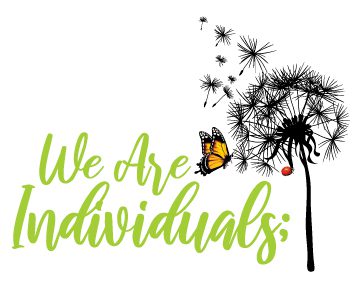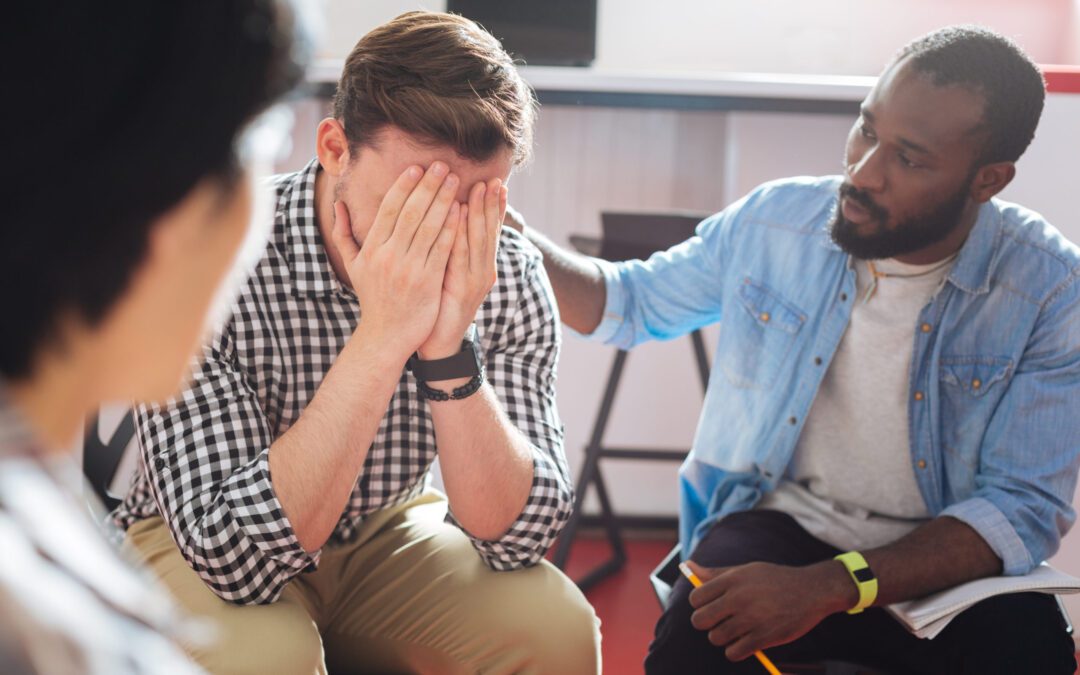Can Psychoneuroimmunology help your mental and physical health? The answer to this question is “Yes”! Psychoneuroimmunology is a new approach some doctors are starting to embrace and use. It is an very exciting “new world” approach to understanding the connection between both physical and mental challenges/illness as a whole.
What is Psychoneuroimmunology?
Psychoneuroimmunology is a “different approach” a doctor may take when looking at their patient’s over all picture of health (the whole puzzle not just a piece of the puzzle). This over all picture (the whole puzzle) includes both the physical and mental parts of the patient’s health. Most Western medicine doctors only treat the symptoms. Either the physical symptom or the mental symptom. If their patient is experiencing physical symptoms like (loose bowel movements, migraine head aches, etc.) they treat that, and if their patient is experiencing mental symptoms like (anxiety or depression, etc.) they treat that. They just look and treat the symptom that makes itself very evident (the one screaming for attention). What many Western medicine doctors do not do is dig deeper and look at both the mental and physical connection of the symptom. Remember a human being is one “unit” not two separate “units”.
The Psychoneuroimmunology approach goes deeper then just the patient. It is an approach that looks at our ancestors, going back to as far as three or four generations. What is their story? What traumas did they face throughout their lives? This is often given the label “intergenerational trauma.” Intergenerational trauma can be passed down through our DNA and genes and each sibling will inherited their own unique sequence of these different intergenerational traumas. These unique DNA and genes will sit with the child until something in their life (a trauma) triggers them…and then they will surface as a physical or mental challenge (symptom) or both.
The Psychoneuroimmunology Approach
(These individuals’ stories are true, so I used different names to protect their identity.)
Example One: Let’s say this patient (we will give them a hypothetical name – Jamie) at around 30 years of age, Jamie started to experience feelings of anxiety. (Anxiety of loosing her children or having one of her children die). Jamie went to her family doctor, and her doctor put Jamie on medicine for her anxiety.
Now a doctor studying and practicing Psychoneuroimmunology may put Jamie on anxiety medicine to start with, but then the doctor will also start asking Jamie different questions about her life and her family history. By asking these questions, the doctor is trying to find the “core sentence” that will lead to some understanding of why their patient, in this case Jamie, is experiencing these symptoms. After asking Jamie a series of questions, Jamie’s “core sentence” ends up being…”I am scared of loosing my children forever. I wouldn’t be able to go on living without them.” As the doctor continues to ask Jamie other questions about the family history, the doctor finds out that Jamie’s great grandpa took his three children when his wife was at church and with his parents moved to another country across the ocean. When Jamie’s great grandma came home from church, her family was gone. Jamie’s great grandma searched for her family and when she found them, she travelled across the ocean to be with them. When Jamie’s great grandma reached the new country, her mother-in-law hid her children from her (for weeks) and would not let her see them, so Jamie’s great grandma returned back to her home country without her children (and never seen her children again). Jamie’s great grandma died a few years later (around 30 years of age) from a broken heart, and Jamie’s grandfather at the age of 4 years old never seen his mother again. Jamie is now in her 50s and as Jamie and her doctor talk, Jamie reveals to her doctor that her son suffered from anxiety, depression, and even panic attacks. Eventually her son took his life in his late 20s because of being bullied and from a broken heart. Jamie’s doctor shares with Jamie the connection and how the intergenerational trauma was passed down from one generation to the next. The doctor told Jamie that until someone finally acknowledges the link and works on healing the past trauma; therefore, changing the DNA and genes back into a healthy state this sad story could potentially continue to happen to the generations that follow. Jamie’s doctor tells her that when a tragedy happens, most families want to forget about it and tuck it far…far away…deep…deep down into the past because of the unbearable pain it created. The only way to stop this pain from being pasted on… is to heal it…and the first step is to acknowledge what happened and the next step is to take steps in healing it. There are many therapies and modalities available that can help heal trauma, but as mentioned before…the first step is to acknowledge its origin. It may not have started with you…but instead it was a generational trauma that kept on building and was never acknowledge or healed.
Example Two: Let’s say our patient (once again we will give them a hypothetical name Erin) is 83 years old. Out of the blue one week, Erin starts experiencing double vision and then the following week severe migraines. That same week, Erin is rushed to emergency where Erin is told she has a brain aneurism that is causing the head aches and double vision.
Once again, a doctor studying and practicing Psychoneuroimmunology will start off asking their patient different questions trying to find the “core sentence” that will lead to some understanding of why their patient (in this case Erin) is experiencing these symptoms. After talking with Erin, the doctor discovers that Erin’s mother and grandmother both had brain aneurisms. (Brain aneurisms are supposedly hereditary through the mother to daughter). What was very interesting was that Erin’s first symptoms (her double vision) started the same day as the 2022 Russian attack on Ukraine. As the doctor and Erin continued to talk, Erin told the doctor that when her great grandmother was a child she lived on the Poland and Ukraine border during World War Two. Do you see the connection?
It’s also very interesting that when our daughter was just a baby, her asthma specialist told my husband and I that everyone is born with the asthma genes, cancer genes, anxiety, etc. it just takes something to trigger off that gene…(a trauma).
While we cannot prevent traumas from happening (unless of course you live in a bubble) we can take steps in healing the past trauma (the intergenerational traumas). By healing intergenerational trauma, we can reduce both mental and physical challenges. We can do this by healing them at the core of the problem instead of just taking medicine to mask the problem; therefore, handing it down to the next generation. Trauma can affect us mentally or it can affect us physically and sometimes it can affect us “both” mentally and physically. Our first step needs to be healing our subconscious mind. Our subconscious mind is the “key” to the past…the untold…hidden truths of our past and of our present. That is the first step to stopping the intergenerational circle.
If you would like to read and learn more about Psychoneuroimmunology, these are some very interesting books that I would highly recommend.
- It Didn’t Start With You by Mark Wolynn
- When the Body Says No the Cost of Hidden Stress by Dr. Peter A. Levine, MD
- In An Unspoken Voice How the Body Releases Trauma and Restores Goodness by Dr. Peter A. Levine, PhD
- Trauma and Memory Brain and Body in a Search for the Living Past (A Practical Guide for Understanding and Working with Traumatic Memory) by Peter A. Levine, PhD

